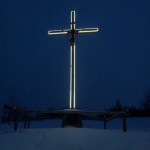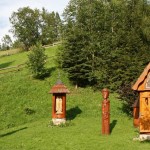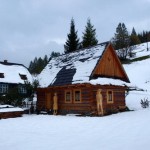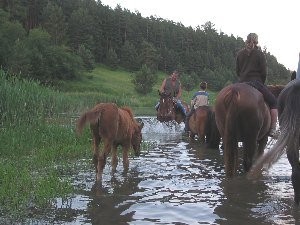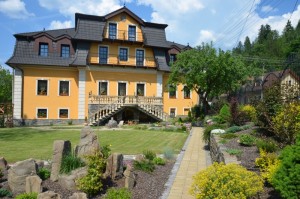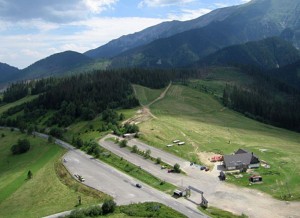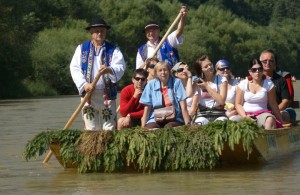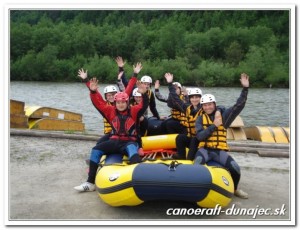The Village of Malá Franková
Address: Municipality Malá Franková, Malá Franková 35, 059 78 Malá Franková E-mail: info@tatryspispieniny.sk Tel.: +421 52 489 26 30 GPS: 49.313536, 20.303274 (Parking lot Municipality Malá Franková) https://www.tatryspispieniny.sk/wp-content/uploads/2021/10/obec_mala_frankova.mp3 . FROM THE OLDEST TIMES With the construction and functioning of the Abbey at Červený Klástor (Red Monastery), Zamagurie began to become more populated. Its […]
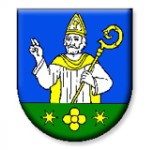 Address: Municipality Malá Franková, Malá Franková 35, 059 78 Malá Franková
Address: Municipality Malá Franková, Malá Franková 35, 059 78 Malá Franková
E-mail: info@tatryspispieniny.sk
Tel.: +421 52 489 26 30
GPS: 49.313536, 20.303274 (Parking lot Municipality Malá Franková)
.
FROM THE OLDEST TIMES
With the construction and functioning of the Abbey at Červený Klástor (Red Monastery), Zamagurie began to become more populated. Its boom gave rise to the establishment of new villages. One of them became the serf village of Malá Franková (Little Franková). Written sources mention Frankowa as early as 1568. The Frankovský brook valley was already settled at the end of the 13th century.
The village was probably named after Master Frank, who lived in the area at the turn of the 14th century. After 1550, a larger Ruthenian population moved to Malá Franková. The following centuries brought more frequent changes of ownership and fluctuating satisfaction of the local inhabitants. At the end of the 17th century, Malá Franková was owned by the Rákoczy family, and the locals enjoyed better times.
As the political situation changed, so did the name of the village. The Polish sounding name was changed to Hungarian, German and later to Slovak. The years 1979 to 1989 were marked by uniting. The villages of Veľká and Malá Franková were merged into one village of Franková. Starting in 1990, Malá Franková again became an independent municipality with its own identity.
WHAT IS WORTH FOCUSING ON
The Wooden Church of St. Joseph was rebuilt in its present form from the original smaller chapel. The interior features an older altar from the late Baroque period. Also interesting are the statues of St. Joseph with Jesus and the Virgin Mary carved from linden wood. Next to the temple is a wooden bell tower.
The sacred spirt is carried in the old-Slavic area and the first folk museum of Glagolitic script in Malá Franková. The exposition called the Area of the Holy Seven (Ogrod svätých sedmopočetníkov) is also interesting because of one rarity. It is the smallest wooden church in Slovakia and is located in the middle of the site. No less interesting is the unique wooden cross with its solar backlight. It was installed under the ridge of Spišská Magura on the occasion of the 400th anniversary of the foundation of the community.
The Legends
With the first rays of the sun, the peasant Vojtko started mowing the meadow. He was distracted from work by the sound of hooves coming from the nearby woods. As he looked back in that direction, he saw a Turk prepared for battle as he swung a curved saber over his head. At that moment, Vojtko thought his life was over. The rider had only to swing the sharp weapon so that the peasant’s head would roll down the hill. Then the horse shied, reared up, and the Turk fell straight down onto his scythe. Vojtek was deeply troubled, he had never killed anyone, but the unfortunate coincidence could not be reversed. He buried the Turkish soldier, overlaid the grave with stones and returned home to tell everything what had happened to him. From that day on, the inhabitants of Franková were afraid that the entire Turkish army would come to the village to revenge the soldier. They were afraid, and out of fear, built a small chapel where they prayed and begged for protection from the Turkish raid and the spirit of the deceased soldier.
ENCHANTMENT OF THE SURROUNDINGS
The whole area of Malá Franková is dotted with paths that are suitable for cycling. In the wintertime, they also serve cross-country skiers. Lovers of wooden houses will find pleasure in the living open-air museum – Osturňa (8 km). The treetop walk in Bachledova valley will enchant with its views and is also suitable for families with children. The Museum of Červený Kláštor breathes with history, while the Dunajec rafting or walks through the Pieniny National Park will deeply mark the hearts of visitors (20 km).

